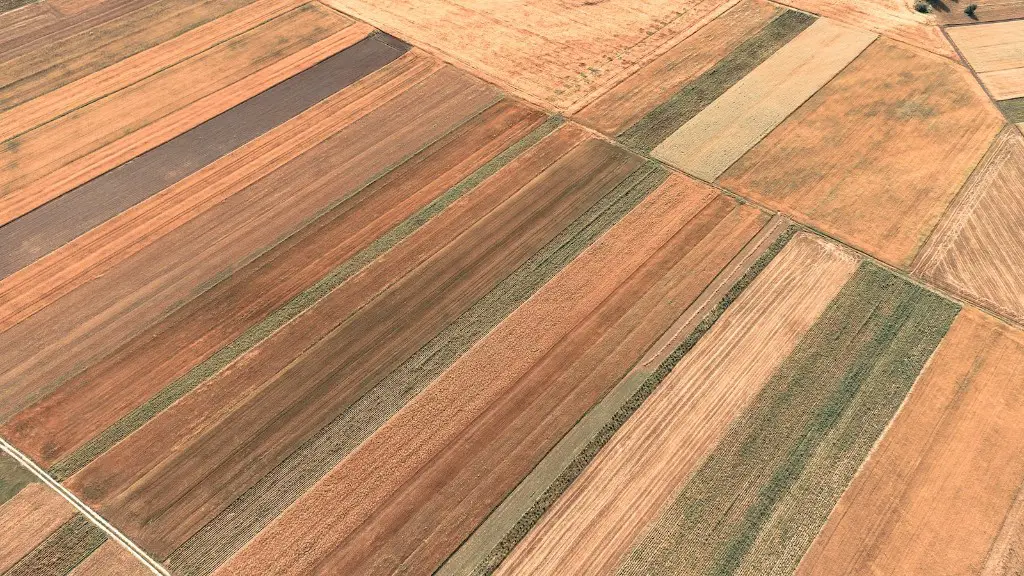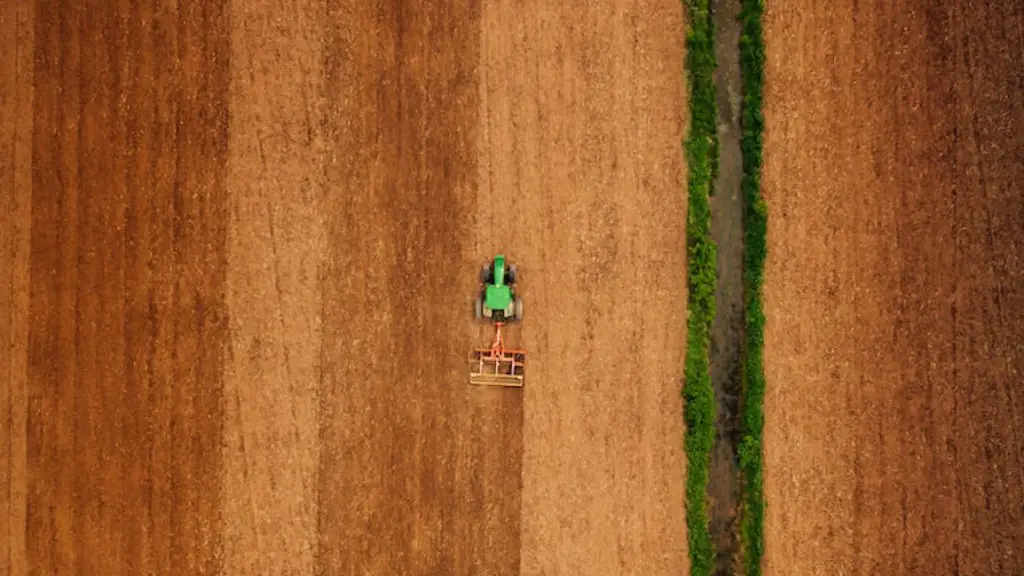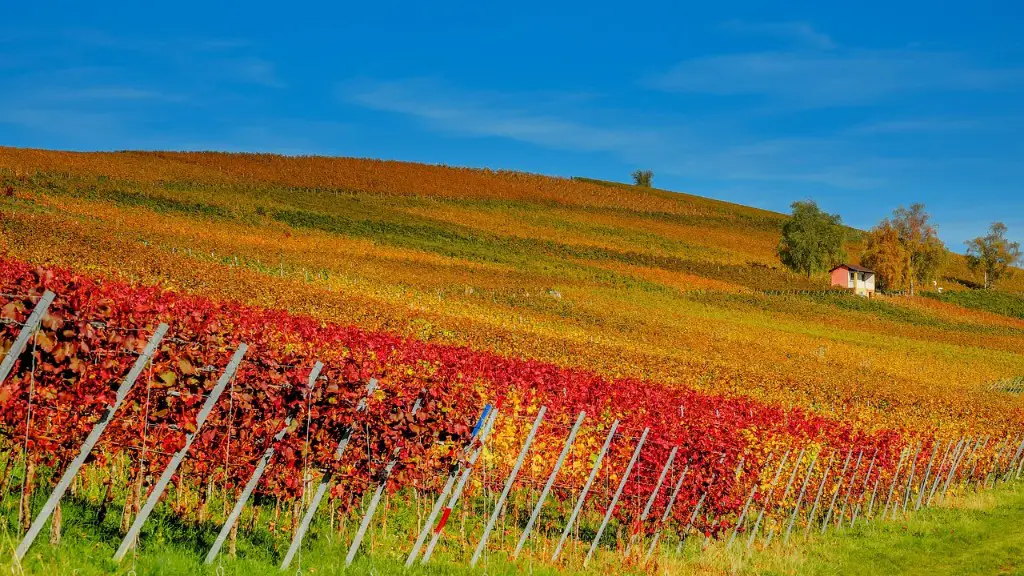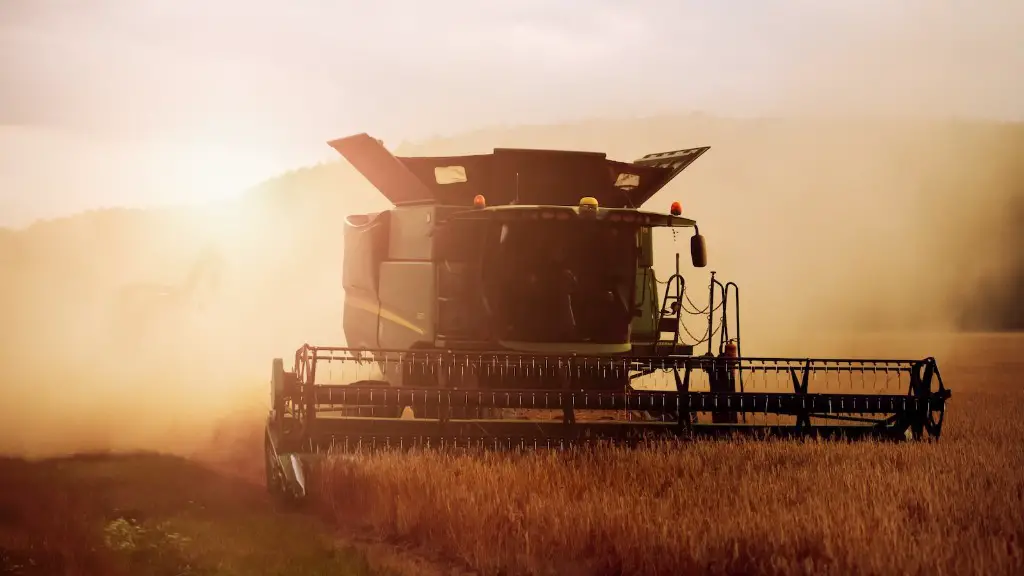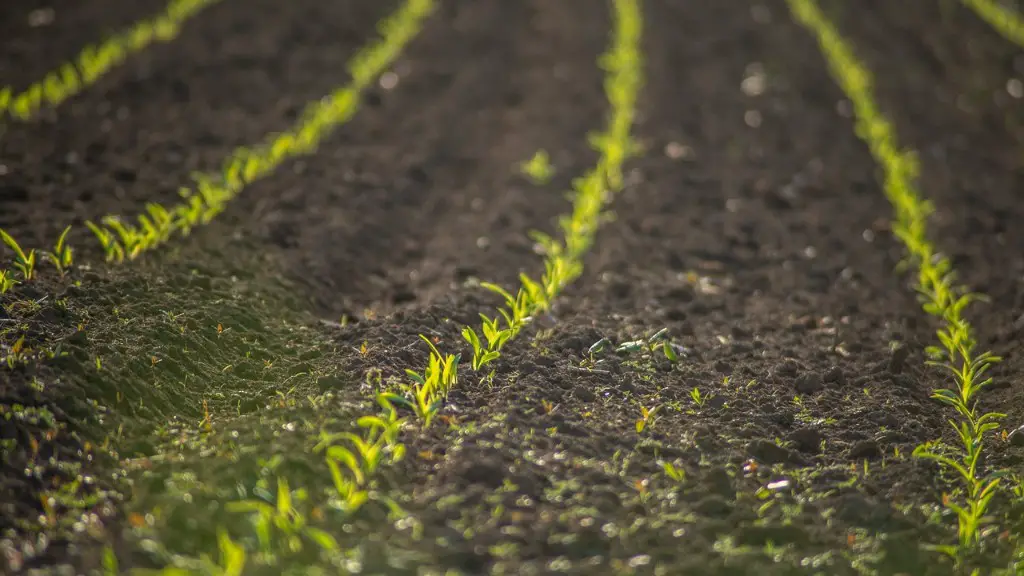Artificial intelligence (AI) is being used more and more in agriculture as farmers look for ways to increase yields and profits. AI can be used for tasks such as monitoring and predicting crop growth, assists with irrigation and crop spraying, and even identifies weeds. Farmers are also using AI to track livestock, with some farms even using robots to milk cows. The use of AI in agriculture is still in its early stages, but it is expected to grow rapidly in the coming years as farmers look for ways to increase efficiency and yield.
Artificial intelligence (AI) is used in agriculture to help farmers to more accurately predict crop yields, identify pests and diseases, and optimize irrigation and fertilizer schedules. Farmers can use AI-powered software to make decisions about when to plant, how to grow, and when to harvest their crops. AI can also be used to develop new plant varieties that are more resistant to pests and diseases, and that require less water and fertilizer.
What is an example of artificial intelligence in agriculture?
Intelligent automation using AI is providing significant benefits for the agricultural industry. Drones equipped with computer vision are able to quickly capture images of crops and estimate yields, as well as detect early signs of pests, diseases and weeds. This information is then used to develop and implement more efficient and effective integrated pest management strategies.
Precision agriculture is a farming management concept based on observing, measuring and responding to inter and intra-field variability in crops. The goal of precision agriculture research is to define a decision support system for whole farm management with the goal of optimizing returns on inputs while preserving resources.
Which country uses AI in agriculture
The Chinese government is investing heavily in agricultural AI with the goal of increasing food production and improving food security. In India, the government is working on a project to use machine learning to predict crop yields. In Brazil, Agtech companies are using AI to help farmers combat deforestation. All three of these countries are using AI to improve their agricultural industries, and all three are seeing positive results.
AI in agriculture is a growing field with many potential applications. The technology can be used for field harvesting, health monitoring, weed and pest control, detection of nutrient deficiencies in soil, and other tasks. The use of AI in agriculture can help farmers to improve yields, reduce costs, and improve the quality of their crops.
What are the 3 most popular applications of AI in agriculture?
AI is playing an increasingly important role in agriculture, with applications ranging from crop and soil monitoring to livestock health monitoring and intelligent spraying. In the future, AI is likely to play an even more important role in agriculture, with farmers potentially becoming AI engineers.
Artificial intelligence has a wide range of applications in many different industries and sectors. Some of the most popular applications include personalized shopping, AI-powered assistants, fraud prevention, administrative tasks, creating smart content, voice assistants, personalized learning, and autonomous vehicles.
What are 3 uses of artificial intelligence?
You may not realise it, but many of the things you do every day are powered by AI. From online shopping and advertising to web search and digital personal assistants, AI is everywhere. And it’s only going to become more prevalent in the years to come.
AI is also being used in some fascinating ways to combat Covid-19. Researchers are using AI to develop faster and more accurate diagnostic tests, to track the spread of the virus, and to develop new treatments.
So what does the future hold for AI? It’s hard to say for sure, but one thing is certain: AI is going to play an increasingly important role in our lives.
The technological revolution has certainly changed farming, but it will never replace all farmers. Humans are responsible for AI, so innovators need to work with the farming industry and take caution so that the world doesn’t become apocalyptic.
What are the disadvantages of AI in agriculture
The risks of cyberattack, environmental harm, exploitation of workers and a widening of the gap between commercial and subsistence farmers could all be unintended consequences of harnessing AI’s power to grow our food, warn researchers. These risks are substantial and must not be ignored.
Artificial intelligence in agriculture is a helpful tool for farmers. Not only does it assist in automating agricultural operations, but it can also precision cultivate for improved crop output and quality. Additionally, using less resources overall.
What is the most common AI used today?
1. Maps and Navigation AI has drastically improved traveling.
2. Facial Detection and Recognition can be used for security purposes.
3. Text Editors or Autocorrect can help improve your writing skills.
4. Search and Recommendation Algorithms can help you find the best products and services.
5. Chatbots can provide customer support or promote a product or service.
6. Digital Assistants can help with tasks like scheduling or sending emails.
7. Social Media can be used to connect with people or promote a brand.
8. E-Payments can be used to make online purchases or send money to others.
As we become more reliant on mobile technology, artificial intelligence (AI) is being used more and more to manage different aspects of our devices. Built-in smart assistants like Siri, Alexa, and Google Assistant are the more obvious examples of AI that most of us are aware of and use. However, many mobile technology platforms are now developing solutions that use AI for tasks such as battery management and event suggestions. This reliance on AI is likely to increase in the future as we come to rely more and more on our mobile devices.
What is a real time example of artificial intelligence
Social networking sites are a great example of how AI is used in daily life. The large amount of data generated through conversations, tweets, and blogs makes AI and Machine Learning models more intelligent and accurate.
Artificial intelligence is being used more and more in manufacturing, as robots are increasingly able to do tasks that were once only possible for humans. This is leading to improved efficiency and productivity in factories, as well as increased safety for workers.
Self-driving cars are another area where artificial intelligence is being used to great effect. By understanding the environment around them and making decisions based on that data, these cars can navigate without the need for a human driver. This is making transportation safer and more efficient.
Smart assistants are also becoming more common, as they are able to help with tasks like scheduling, sending messages, and even making phone calls. This is making life easier for people who are busy or have difficulty doing these things on their own.
Healthcare is another field where artificial intelligence is having a big impact. By analyzing data from patients, AI is helping to diagnose diseases earlier, identify potential drug interactions, and even provide personalized treatment plans. This is leading to better health outcomes for patients.
Finally, financial services are also using artificial intelligence to automate tasks like stock trading, fraud detection, and loan approval. This is making these services more efficient and effective, while also reducing the chances of human error.
Is Alexa an artificial intelligence?
While many people welcomed the introduction of these technologies, others have raised concerns about their potential impact on society and the economy. Some worry that these technologies will lead to mass unemployment, as they automate many tasks that have traditionally been done by human workers. Others believe that these technologies will have a positive impact, creating new opportunities for people to pursue other interests and leading to more efficiency in the economy overall.
Manufacturing and production companies have to manage a lot of live inventory, from raw materials to finished products. They need to track and control this inventory to maintain efficient operations. Self-driving cars or autonomous vehicles are becoming increasingly common on the roads, and this technology is also being applied to other areas such as healthcare and medical imaging. Healthcare and medical imaging companies are using autonomous vehicles to transport patients and devices, and to conduct analysis of medical images.
Conclusion
Artificial intelligence is used in agriculture to help farmers with tasks such as crop monitoring, yield prediction, and irrigation scheduling. Farmers can use AI-powered apps to get real-time insights into their crops and make informed decisions about when to plant, how to water, and when to harvest.
Artificial intelligence is used in agriculture to help with tasks such as crop monitoring and yield analysis, as well as determining the best time to plant and harvest. This technology is helping farmers to be more efficient and productive, and to ultimately produce more food for the growing population.
